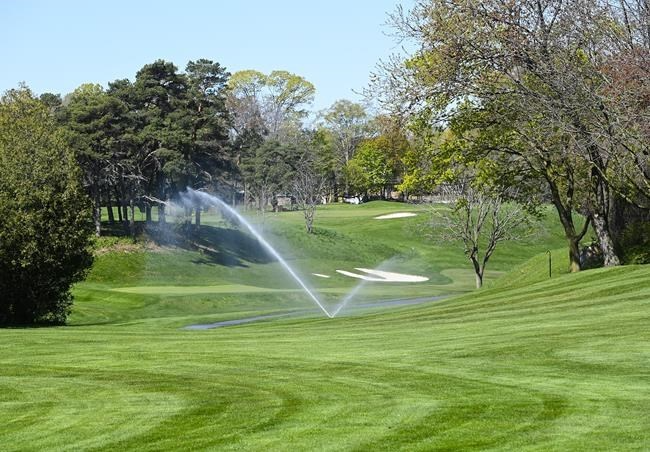A light rain has fallen and the pavement around Dickie Moore Park on Beaumont Avenue in Montreal is still wet Friday morning, but three small groups of toddlers wearing bright orange bibs have ambled down the road into the park and onto its wooden play structures. "When it rains, we usually come here with the kids because the wood chips absorb the water," says Valbona Shkambi, a daycare educator.
CANADA: Canadian golf courses working to reduce ecological impact
Golf's origins date back hundreds of years to rural Scotland where the natural features of the land near Edinburgh created the hazards that golfers had to play around and sheep kept the grass well manicured. But the game has spread around the world in the ensuing centuries with different environments forcing the technology used to maintain golf courses to evolve well past sheep. Golf courses have become divisive with some environmentalists criticizing their use of pesticides and fresh water, but their defenders argue that they can be oases that give cities and suburbs important green space.
Here's why removing unused pavement creates a cleaner city
Unused pavement is impermeable and prevents storm water from soaking into the natural ground. Instead, the water collects debris, salt and chemicals from the surface of the pavement, then drags those toxins into nearby waterway systems. As a result, urban areas with unused pavement tend to have more pollutants in water runoff than naturalized areas.




